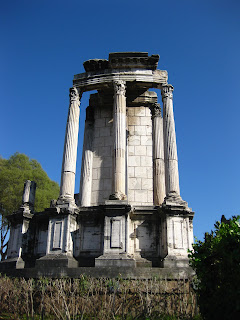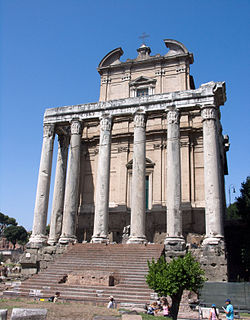 |
| A whiter shade of pale |
Procol Harum, 1967: a nostalgic journey for some of us:
We skipped the light fandango
turned cartwheels 'cross the floor
I was feeling kinda seasick
but the crowd called out for more
The room was humming harder
as the ceiling flew away
When we called out for another drink
the waiter brought a tray.
turned cartwheels 'cross the floor
I was feeling kinda seasick
but the crowd called out for more
The room was humming harder
as the ceiling flew away
When we called out for another drink
the waiter brought a tray.
And so it was that later
as the miller told his tale
that her face, at first just ghostly,
turned a whiter shade of pale.
as the miller told his tale
that her face, at first just ghostly,
turned a whiter shade of pale.
She said, 'There is no reason
and the truth is plain to see.'
But I wandered through my playing cards
and would not let her be
one of sixteen vestal virgins
who were leaving for the coast
and although my eyes were open
they might have just as well've been closed.
and the truth is plain to see.'
But I wandered through my playing cards
and would not let her be
one of sixteen vestal virgins
who were leaving for the coast
and although my eyes were open
they might have just as well've been closed.
This was the debut song released by Procul Harum, an English group; and has now become one of fewer than 30 songs to have sold 10 million copies worldwide. And that was before You Tube and iTunes.
 |
| The Temple of Vesta |
But back to the Vestals. As my guide Valentina and I sat on a nearby fallen marble column and considered the life of the Vestals, I remarked that it sounded pretty good to me. Valentina, who has trained as an archaeologist and history teacher, seemed unconvinced. But this was my argument: the Vestals had only two duties: to keep the flame burning day and night (if one let it go out, she could be whipped); and to not have sex (on pain of death). In return, however, they lived in one of the nicest complexes on the main street of the forum, with a lovely peristyle (garden with colonnaded cloister), could ride out around town in the temple carriage whenever they wanted. If they saw a condemned man, they had the power to free him. Vestals were chosen from the patrician families, and had to be without physical blemish and both parents had to be living. They were involved in all the big festivals, and were famous amongst the population. They were housed and kept for thirty years, from 15 until 45. After that, they could go off and get married, though probably only to a widower who already had children. None of this sounds too bad to me, but Valentina seemed to think the lack of sex, or perhaps it was the lack of children, was a very heavy price to pay.
Having enjoyed this interesting discussion, we climbed up into the remains of the Vestals’ house. Ranged around the grassy courtyard were various statues of famous vestals, looking a little macabre since most of them were missing their heads. It’s always the heads that go. But there were a couple of pretty faces amongst them, and they looked quite happy to me.
 |
| The House of the Vestals |
 |
| Yup, right IN it... |
Some of the ruins are beautiful in their own right, in a ruinous sort of way; and many are recognisable as famous images. The three columns and a piece of entablature of the Temple of Castor and Pollux are one of the most well known images of the Forum. In case you are wondering (I was) Castor and Pollux were the twin sons of Zeus and Juno, the Gemini twins. Aren’t mythological gods exotic and interesting?
 |
| What's left of the Temple of Castor & Pollux |
 |
| On the Palatine Hill |
Which brings us back to the Vestals: One of the Vestals mentioned in mythology was Rhea Silvia who with the God Mars conceived Romulus and Remus, the famous founders of Rome. It is speculated that Rhea was put to death (seeing as she had broken the 30-year chastity vow). Vestals couldn’t be touched, so to execute them they were buried alive in a chamber. I will grant that this is rather a down-side.


No comments:
Post a Comment